Field Research
From December 2014 to March 2015, Bahamas Marine Mammal Research Organisation (www.bahamaswhales.org) staff, Charlotte Dunn and Diane Claridge, conducted vessel surveys to search for marine mammals off southwest Abaco Island in the northern Bahamas. To assist with surveys, BMMRO hired a research assistant, Felice Knowles. She is a former intern who assisted with vessel surveys and whale camp during July and August 2014 and also now serves as the Bahamas Stranding Coordinator.
During this time, three vessel surveys were conducted during which three different species were sighted. In December, a sighting of sperm whales (Physeter microcephalus) was made in the pelagic waters off Sandy Point. In February, in the coastal waters off Castaway Cay, coastal bottlenose dolphins (Tursiops truncatus) were sighted, and Atlantic spotted dolphins (Stenella frontalis) were sighted in the pelagic waters off Sandy Point. During all three vessel surveys, identification photographs were taken, and during the sperm whale sighting recordings were taken in order to contribute data to a study on sperm whale size analysis.
HIGHLIGHTS:
BMMRO has been conducting research to monitor the status of local populations of marine mammals in South Abaco. During each vessel survey, identification photographs are taken in order to distinguish each animal individually by their pattern of nicks in their dorsal fins or tail flukes. These data are used to study their population ecology including estimating their abundance in the area. After analysis of the identification photographs taken during the coastal bottlenose sighting in February, it was observed that one of the coastal bottlenose dolphins was a dolphin seen in 1997 at the very start of marine mammal studies in southern Abaco. The dolphin had been given an identification number of Tt506. This animal is assumed to be a male based on his large size, extensive scarring and lack of observations with a calf since 1997. This re-sight will provide valuable insight to the studies being conducted in Abaco.

